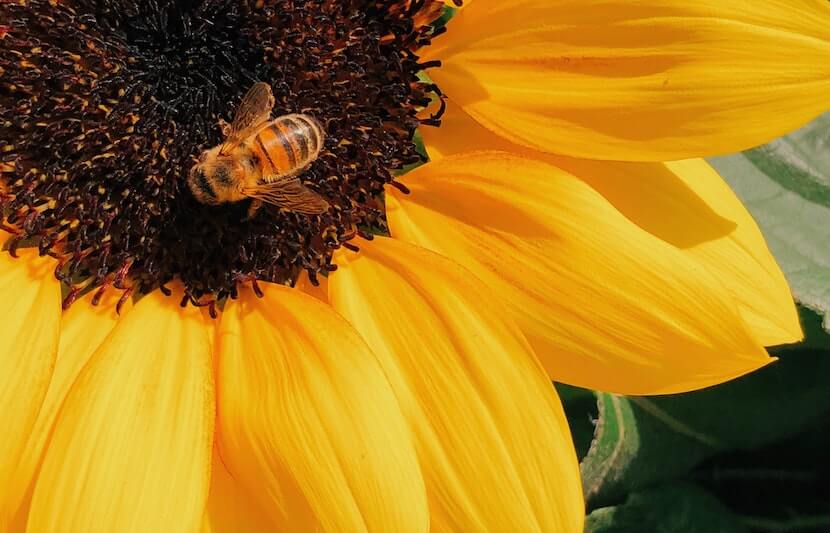Pollination increases when there are more species of wild bees, according to a recent study led by Rutgers University. The researchers also found that more species of wild bees are needed for pollination when an area is larger.
The paper is published in Science.
While previous controlled ecological experiments have linked increased pollination to having more species, the researchers believe that this study is one of the first to confirm the link in nature.
The study spanned several years with the researchers observing, collecting and identifying over 100 species of wild bees pollinating crop flowers on 48 farms in New Jersey and Pennsylvania. They found that more than half of these species (55 in all) were needed to pollinate the crops at one or more farms in one or more years.
Rachael Winfree, lead author and professor of ecology, evolution and natural resources in the School of Environmental and Biological Sciences at Rutgers, believes that the results show the importance of maintaining biodiversity to support ecosystem functions and to help keep the planet habitable for humans.
“This study adds to the increasing list of ways in which people rely on natural ecosystems and the services they provide,” she told The University Network (TUN).
It is estimated that wild pollinators may be responsible for nearly half of the pollination that occurs worldwide. Their role is critical particularly given the global decline in honey bees due to many factors, including pesticide use, climate change, land-use change, pests and diseases.
“I like to think of this as a real-world question,” Winfree said in a statement. “These are real farms and real farmers, and each farmer needs his crops pollinated. The answer turns out to be, that when you require that all farms are pollinated, you need an order of magnitude more bee species than has been needed in experiments.”
Unfortunately, the existence of wild pollinators is also under constant threat.
“Wild pollinators are threatened by human activities in much the way other wild species are: primarily due to habitat loss, probably, but also increasingly climate change, and in agricultural and developed areas, pesticides,” Winfree told TUN.
To combat this, farmers as well as landowners could provide and improve habitats for wild pollinators.
“Farmers can plant fallow fields and road edges with flowering plants, preferably plants whose flowering periods are different, because wild pollinators need to be supported throughout the growing season,” Winfree said in a statement. “They can reduce pesticide use and avoid spraying during crop bloom when more bees are in the crop field.”



